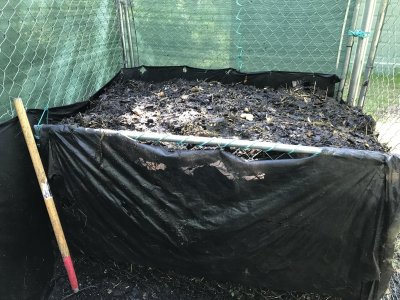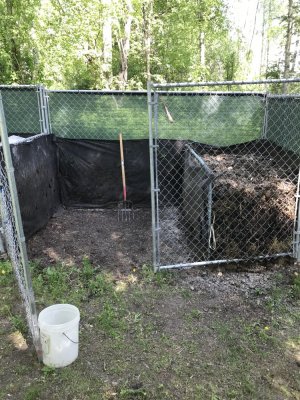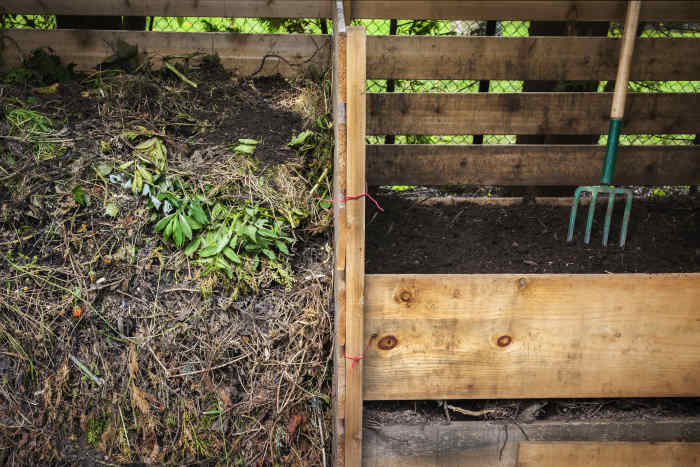flowerbug
Garden Master
@heirloomgal thanks for the kind words. Spend a little of that research time learning about Comfrey, it’s a “renewable homerun” that will hang in there for years.
look at this as a challenge! They tell us “fear of the unknown” is mans greatest fear and yet; i’ve never seen even one little spec of fear coming from you. Can’t imagine it not growing for you, once you get a bed established. NPK is right up there with most fertilizers And you can cut it numerous times per season.
if your interested, let me know, if you need any help, let me know and if you can’t find seeds or starts; let me know.
Oh yea; you’ll have lots of pretty purple and pink flowers too. Surely that’ll lure you in?
i always warn people to plant the kinds that don't drop seeds or you'll be regretting it later. we have a few plants of the other type and within just a few short years they're well established even if the deer will come along and eat them.



